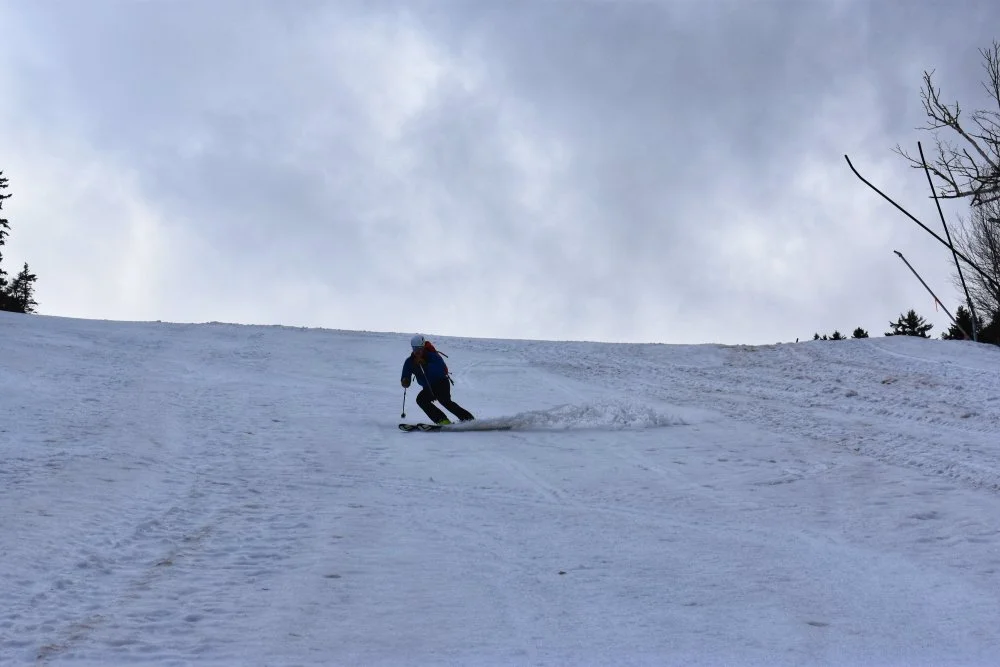Luke’s Guide to Spring Paddling
With the water finally warming up, it’s time to start thinking about open water paddling again. Follow these simple steps before you get in the water, while you’re on the water, and when you get home for an A+ start to the paddling season.
Pre-Trip Planning
The day before—and again in the morning while waiting for your coffee—check the weather, tides, and winds. Use this information to inform your decision about where to go:
Intellicast for local weather.
If I’m planning on paddling in the ocean, I check the National Data Buoy Center for information on wind, waves, and water temperature.
Online paddling groups and your local shop are other great sources of current information. An added bonus is they’re also great places to meet other paddlers.
Have a plan, leave a copy of it with someone you trust, and try to stick to it (even if the surf is good somewhere else). Your plan should include where you are going, who you’re going with, and when you’ll return. It should also include somewhere to land safety if everything goes to shit while you’re out.
Inspect your gear, especially it’s your first time out this season! While you’re at it, consider marking all your equipment with “if found” information. The Coast Guard has contact info tags that double as reflective stickers so you can be spotted even in low visibility.
Invite a friend. It’s more fun (and way safer) to paddle with a buddy!
Packing
Don’t forget the basics! Have a personal flotation device (PFD) and leash…and if you’re paddling before breakfast, Panera.
Everyone swims! So dress for a dunking and make sure to carry a dry bag filled with a change of clothes, water, and a first aid kit. Avoid cotton, as it tends to hold water and dry slowly.
Bring a VHF radio or a cell phone so you can contact help in case of an emergency. If you do bring a cell phone, make sure it is in a waterproof case. My favorites are from LifeProof and Otterbox.
Pack a chart, too. That way, you can navigate back to shore even if visibility sucks.
On the Paddle
When paddling alone, in changing conditions, or in unfamiliar waters, wear a real PFD. Belts like these are great on a nice summer day, but when the shit hits the fan, you really want to be able to float. Think of your PFD as a seatbelt: not only is it a good idea to use one, it’s the law in many areas.
Keep an eye on the weather while you’re out. If things are changing more rapidly than expected, head for shore.
Live by the rule of tonnage. The bigger the craft, the more rights it has. Your SUP most likely only has rights over the boogie boarders and RC boat you left behind at the shoreline.
Put It Away
Although my board is a fixture on top of my truck, allowing me to be ready to paddle whenever the mood strikes or conditions are prime, I suggest rinsing the salt and grime from your board after each SUP session. A good coating of 303 Protectant or boat wax will reduce the UV wear on the board, just don’t cover any places you want to stand or sit.
Sure, I let the sun beat down on my board (one of the advantages of sponsorship), but you shouldn’t. UV rays can wreak havoc on the longevity of your board, so store it in the shade if possible.
It doesn’t take long for wet paddling gear to start growing stuff; I learned this the hard way after a few science experiments in the back seat of my truck. Take a few minutes to rinse your gear with fresh water when you get home, then hang your stuff up to let it dry. Once dry, store it out of the sun, as extended exposure to UV light is the fastest way to destroy expensive nylon paddling gear, like PFDs.
Periodically wash your paddling kit with a wetsuit shampoo to rinse the salt and bacteria from your gear, and prevent it from growing something truly frightening. I like this product from McNetts.
One more thing: remember to have fun! Otherwise, what’s the point? See you on the water.
Words and photos by Luke Foley





